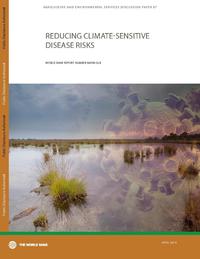Attribution 4.0 International (CC BY 4.0)
You can use this work for any purpose, including commercial uses, without restriction under copyright law. You should also provide attribution to the original work, source and licence. Read more about this licence.
Credit
Reducing Climate-Sensitive Disease Risks. Attribution 4.0 International (CC BY 4.0). Source: Wellcome Collection.
